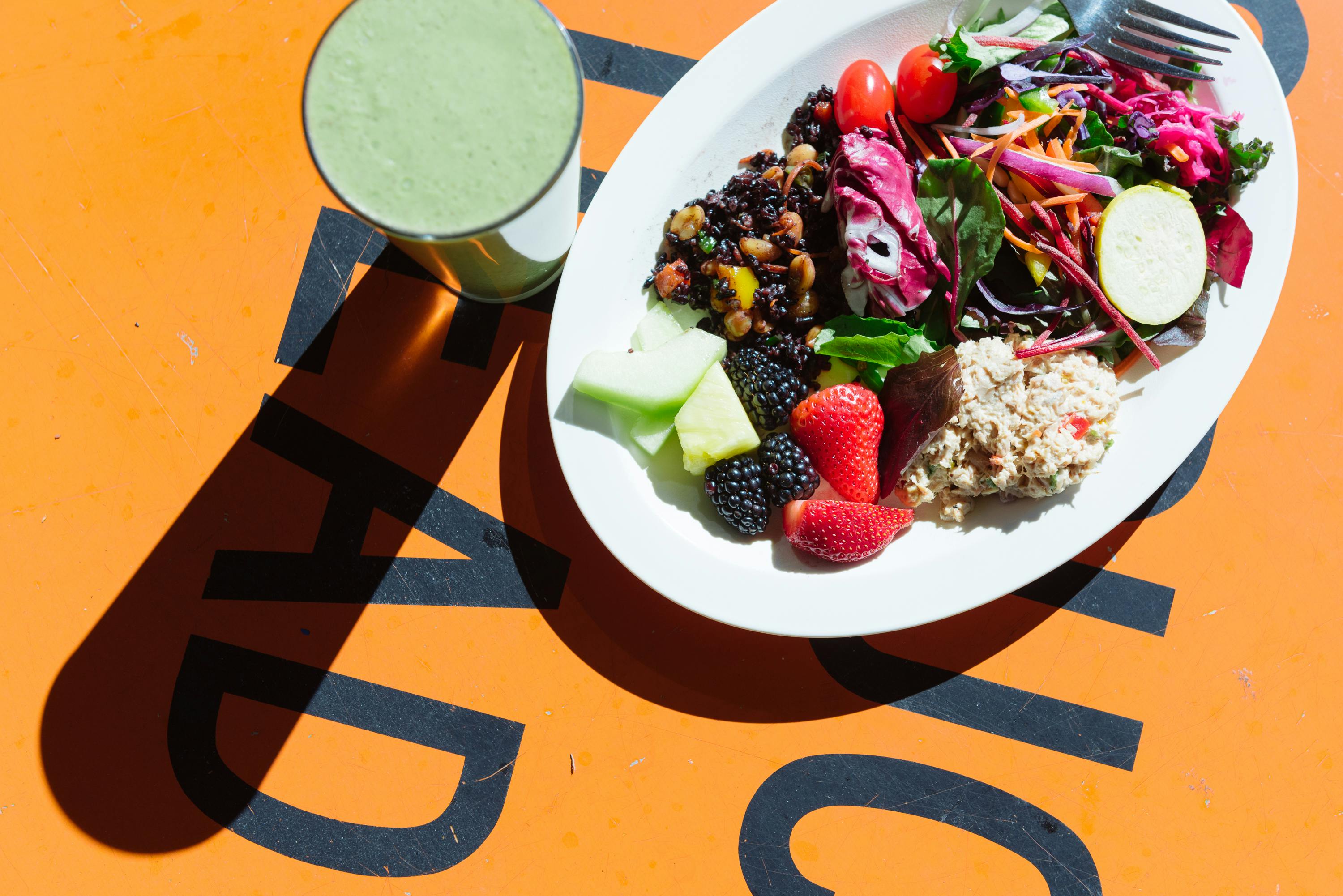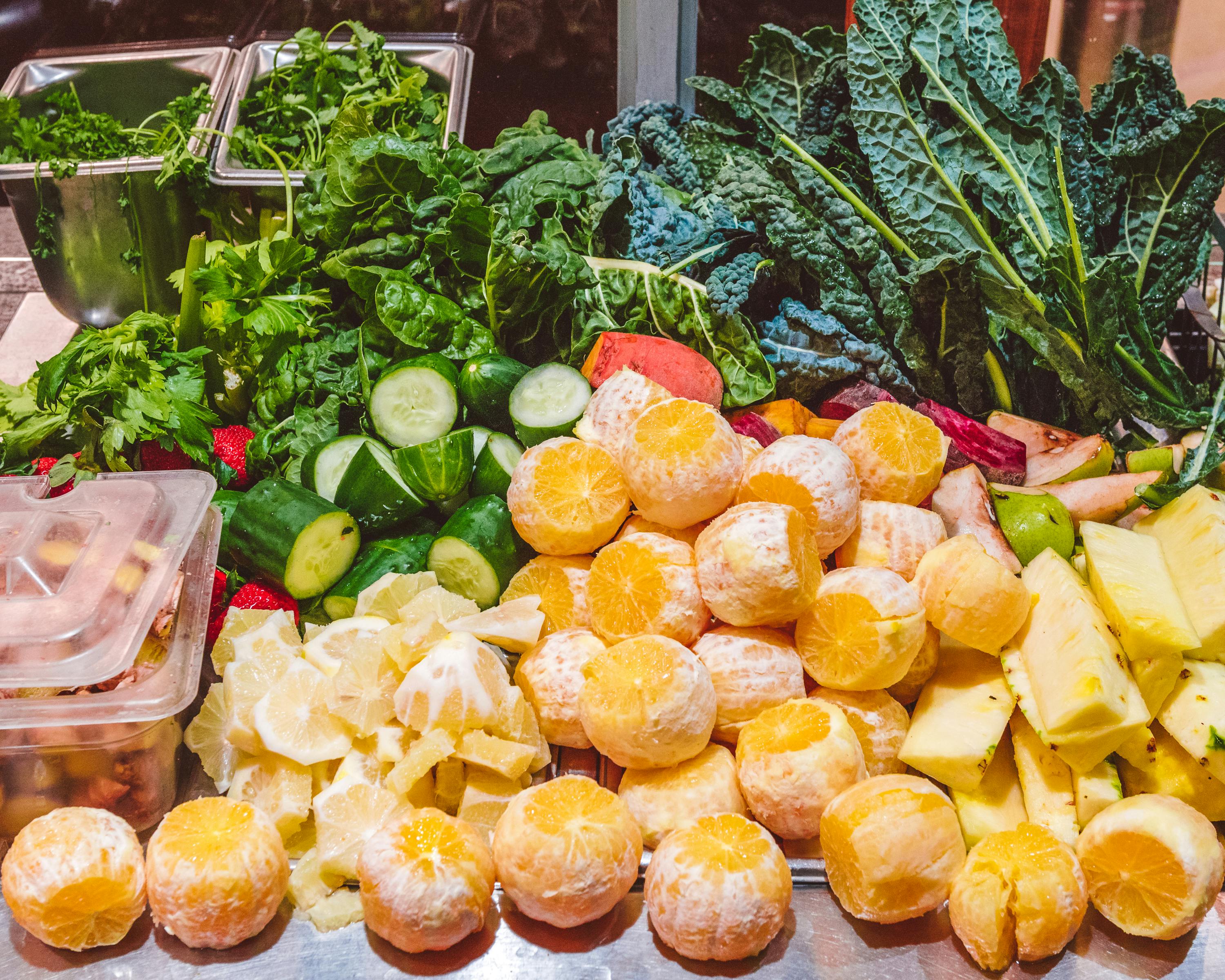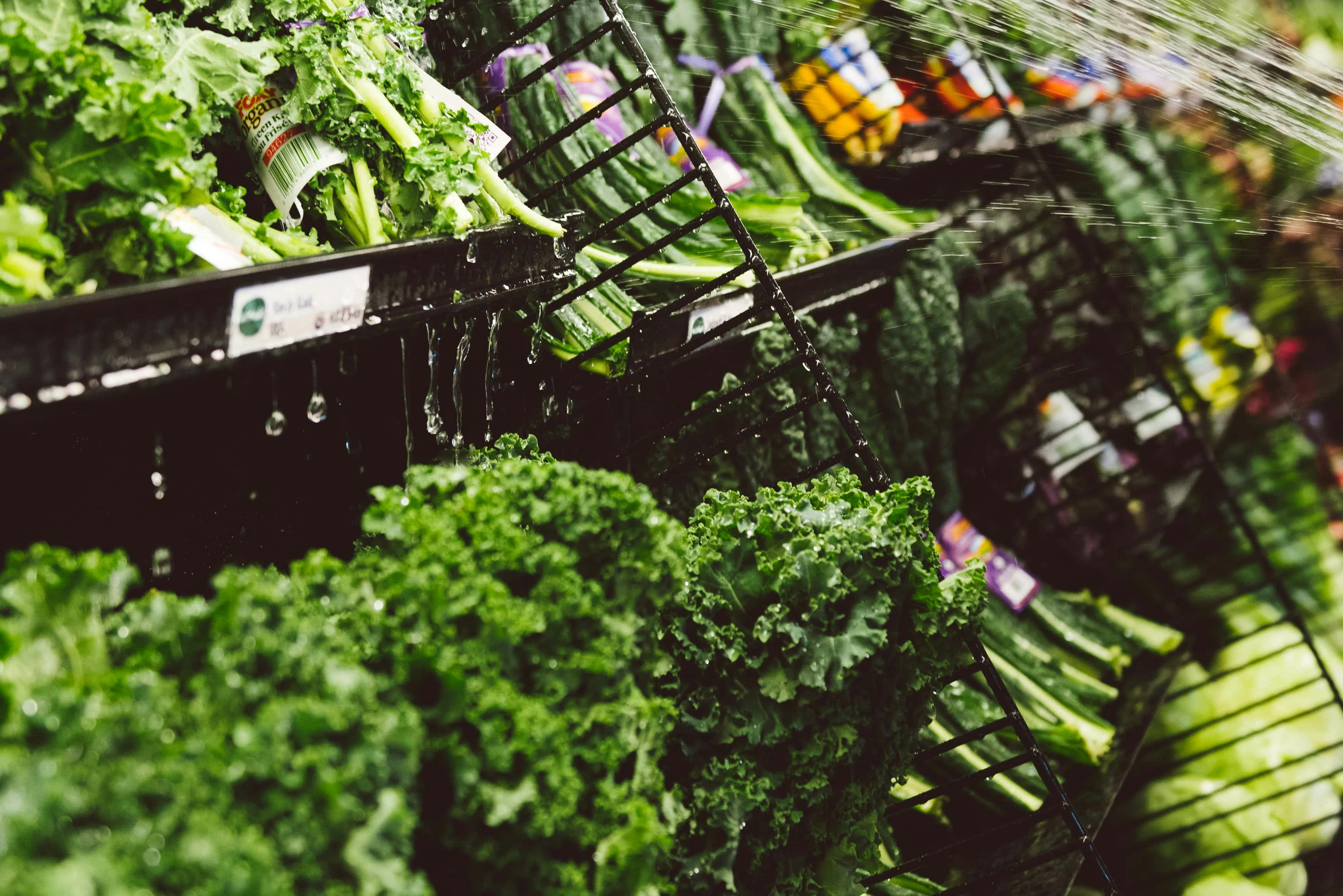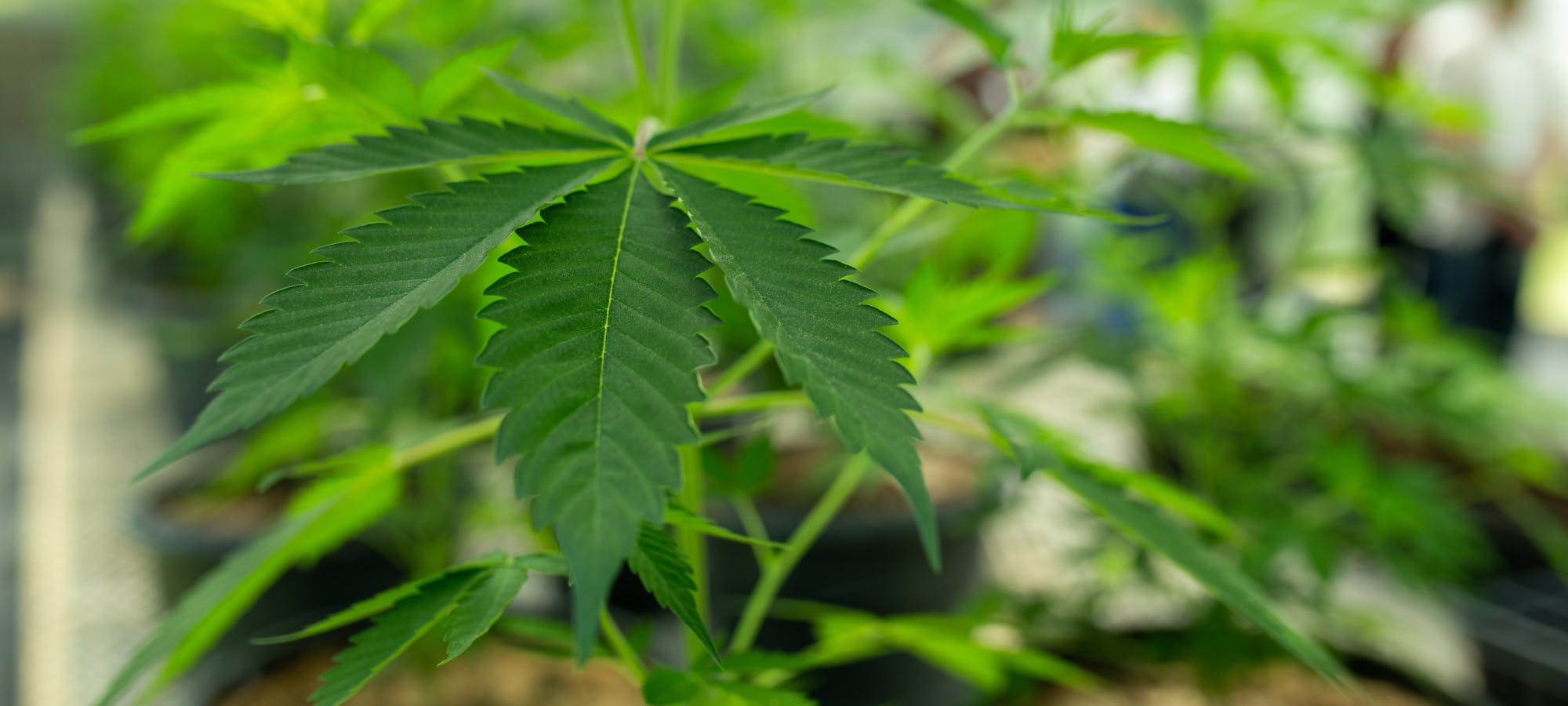It’s that time of year when our skin is the most exposed and at the highest risk for sun damage. Protecting your skin - the largest organ of your body - is key during the next 4-5 months, and taking some simple preventive measures can make a huge difference in the long term health of your skin. Below are my 5 key steps for optimal summer skin health. Keep these in mind (and search out high quality products that are often available at Ellwood Thompsons and other health food stores). Ask about ingredients, and keep them handy everywhere you go during the summer months!
Best quality sunscreen: This makes a big difference for both acute and preventative skin protection. Every day, you should try to wear some form of sunscreen on the places you get direct sun - especially your face, tops of your ears, tops of your feet, upper chest and exposed arms. If you drive often, make sure your window seat arm is always proceed as well. I always recommend non-nano particle zinc oxide or titanium dioxide sunscreens, as these act as a protective and stable barrier against harmful rays and do not absorb into your skin. Re-apply your sunscreen as needed depending on your activity (swimming and sweating cause some sunscreens to melt off, so reapply generously every hour if needed). Two of my favorite brands of high quality, effective sunscreens include Garden Goddess and Badger.
Here is a link to a wonderful resource for the EWG guide to best quality sunscreens.
Here are two great write ups on the difference between nano and non-nano particle sunscreens: Garden Goddess / Badger
Hydrating Appropriately. Dry, flaky or patchy skin can be reflective of a dry internal environment, and hydrating appropriately, especially in the hot months when dehydration is a serious issue is so important not just for cellular health, but to support your skin as well. If you have a sunburn, this is of course a dry and hot skin condition. By hydrating with cooling and moist things (like water, fruit juices, herbal teas, watermelon / melons / berries etc), this helps balance the healing process in the skin internally. As a general rule of thumb, take your body weight and divide this by 2, and this is how many ounces of water you should be drinking at minimum on a daily basis. For example, if you weight 160 pounds, 80 ounces is your minimum to consume daily. If you’re exercising more or spending time in the hot outdoors and sweating, make sure to drink quite a bit more every 15 minutes or so to hydrate yourself properly.
Consuming antioxidant rich fruits and veggies. Skin damage is a major oxidative stress to your body (your skin is your largest organ!), and consuming anti-oxidant rich foods can help to counter the effects of oxidative stress and support the healing process long term. Foods high in antioxidants are those with richly colorful outer skins, such as blueberries, cherries, blackberries, red grapes, tomatoes, cranberries and strawberries, and also spinach, broccoli, dark chocolate and rainbow chard are excellent to consume daily. Keep your fruits and veggies as seasonal as possible, and always purchase organic and non-GMO varieties when affordable and available.
After sun topical care. Once you’ve spent some time in the sun, hydrate and nourish your skin with soothing and cooling topical products. My favorites to use and recommend include aloe vera (straight from the leaf, or gel products with NO added alcohol such as Badger and Mountain Rose Herbs), soothing herbal infused mists and lavender essential oil diluted in coconut oil. Coat your skin generously with these topical products regularly - especially if
sunburns are present.
UV protection - the best preventative support is to actually wear a physical barrier if you know you’ll be out in the sun for any length of time. Long sleeve UV protective shirts and hats are lifesavers and are available through retailers like Prana and REI outfitters. These are especially good tower during the peak sun hours from 11am-3:00pm.











